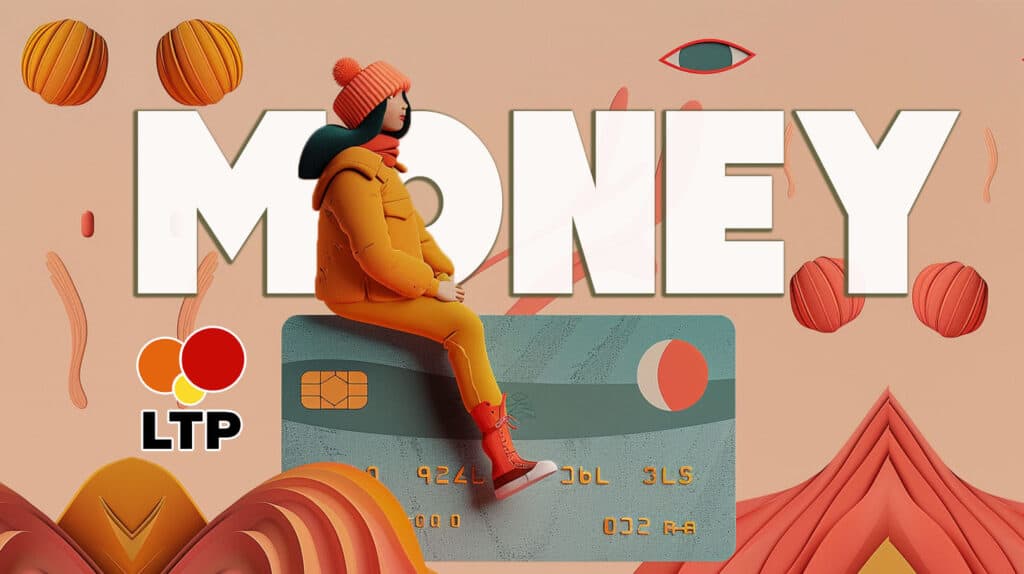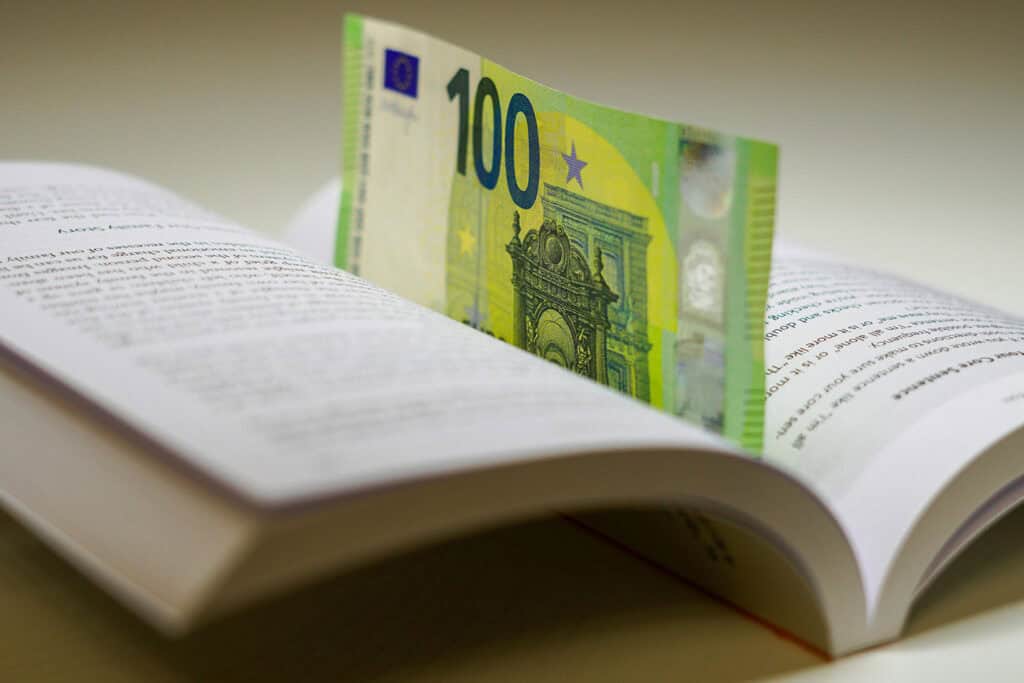Ever wonder how to make giving money to kids more exciting—and educational? Giving kids money doesn’t have to mean handing over a crumpled bill and calling it a day. With a little creativity, you can turn money moments into valuable life lessons they’ll actually enjoy.
Teaching kids about money early builds lifelong skills like saving, budgeting, and generosity. But the real magic happens when those lessons are wrapped in fun.
In this article, you’ll discover 10 fun and meaningful ways to give money to kids—ideas that blend learning, responsibility, and joy.
These ideas go beyond giving—they inspire financial confidence, goal-setting, and even charitable values.
Ready to make money fun for the next generation? Let’s start.
- Why It’s Important to Give Money to Kids
- How to Give Money to Kids in Fun and Meaningful Ways
- 10 Fun Ways to Give Money to Kids
- 1. Set Up a Mini Bank at Home
- 2. Use a Chore Chart with Payments
- 3. Create a Monthly Budget Game
- 4. Open a Kids’ Savings Account
- 5. Give a Weekly Allowance with Rules
- 6. Start a Family Money Challenge
- 7. Give Money for Achieving Goals
- 8. Teach with Real-Life Shopping
- 9. Make a Giving Jar for Charity
- 10. Play Educational Money Games
- Fun Ways to Give Money to Kids: A Recap

Why It’s Important to Give Money to Kids
Teaching kids about money early builds smart habits. When you give money to kids, they learn value, saving, and responsibility. It prepares them for real-life financial decisions. Money management lessons at a young age support independence and better choices in the future. Kids also develop confidence by managing their own cash.
Parents and teachers can use simple strategies. Short lessons and regular practice help reinforce money concepts. It’s not about the amount, but the approach. Giving money with purpose makes learning fun and practical. Children also learn patience, goal-setting, and life planning.
- Introduce money using games or storybooks.
- Use pretend play to explore spending.
- Give a piggy bank for small coins.
- Watch age-appropriate money videos together.
- Try creative money gift ideas for learning fun.
See also Bad Habits for Kids
How to Give Money to Kids in Fun and Meaningful Ways

When you give money to kids, do it with creativity and learning in mind. Avoid just handing over cash. Make it part of an experience such as responsibility for kids. This turns a simple gift into a teaching moment. Fun ideas keep them engaged and make lessons stick. They begin to see money as a tool, not just a treat.
Letting kids earn, save, and plan is key. Explain your reasons and set clear rules. Be consistent so they understand expectations. Help them reflect on their choices. Make sure your methods match their age and learning style. Over time, they will build better habits.
- Share your own money mistakes and lessons.
- Create challenges like saving for a small goal.
- Explore local markets together to compare prices.
- Track their spending in a simple chart.
- Fold dollar bills into fun shapes for milestones.
10 Fun Ways to Give Money to Kids
1. Set Up a Mini Bank at Home
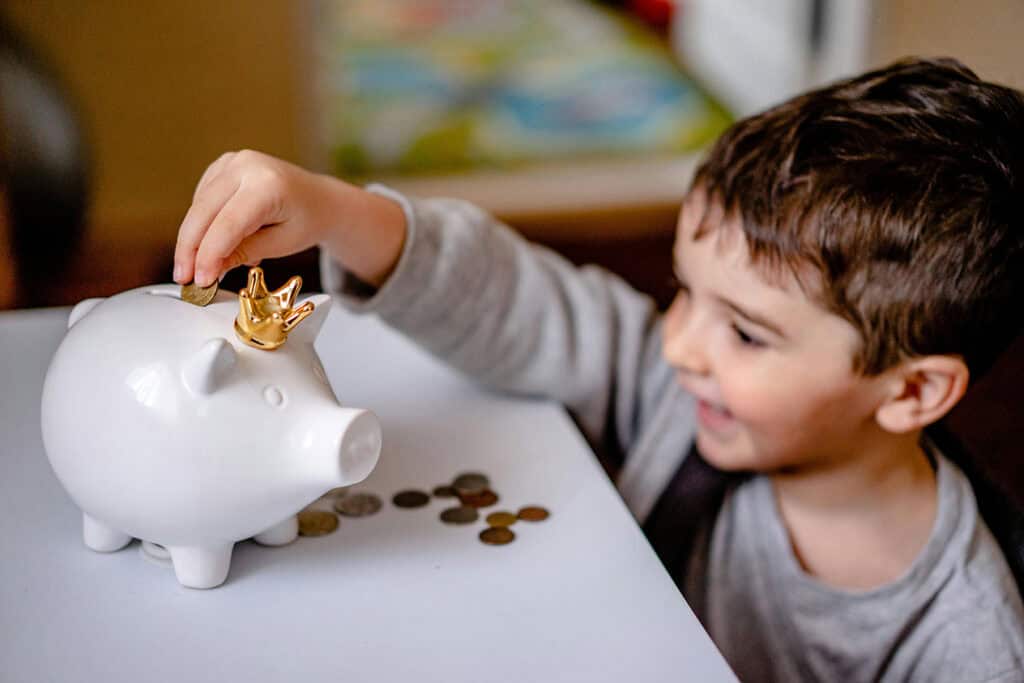
Create a pretend bank with savings jars or envelopes. Label them for spending, saving, and sharing. Kids can deposit money each week. Use play slips or mini notebooks to track their money. This builds money sense in a playful way.
- Hide money in labeled jars to spark curiosity.
- Decorate with a graduation cap or stickers.
- Use a shadow box to display goals and savings.
2. Use a Chore Chart with Payments

Tie money to chores using a simple chart. Assign a value to each task. When completed, pay the amount. This teaches effort equals earnings. It builds responsibility and work ethic.
- Roll dollar bills as “rewards” for fun delivery.
- Use a pizza box to present earned money.
- Include a small scavenger hunt to find payments.
3. Create a Monthly Budget Game

Turn budgeting into a game. Give kids fake bills and a set amount of real money. Ask them to “spend” wisely on food, clothes, or hobbies. They learn to make choices and prioritize.
- Include a break glass box with emergency bills.
- Add duct tape puzzles for unlocking bonuses.
- Hide money in household items for budget challenges.
4. Open a Kids’ Savings Account

Open a real or mock savings account. Show how interest works. Let kids deposit money and check balances. Teach about compound growth. Use simple tools like charts or online visuals.
- Fold dollar bills into flowers to celebrate deposits.
- Use a photo album to track savings progress.
- Celebrate goals with creative money gift ideas.
See also Morning Checklist for Kids
5. Give a Weekly Allowance with Rules

A regular allowance helps kids learn budgeting. Set clear conditions. Discuss how they can divide money into needs, wants, and savings. Review their choices weekly.
- Create a treasure hunt for finding weekly payments.
- Include a gift box for special savings milestones.
- Make a to-do list for tasks tied to the allowance.
6. Start a Family Money Challenge
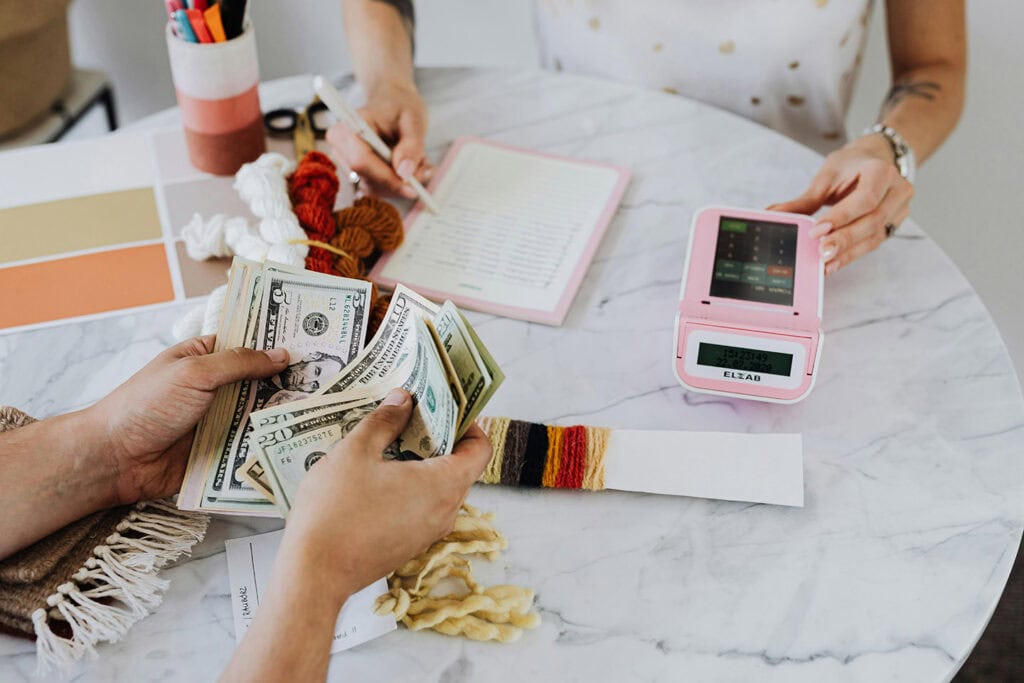
Create a fun challenge. See who can save the most in a month. Track progress with stickers or charts. Offer small rewards or praise.
- Use fun money gift ideas as prizes.
- Hide a few bills around the house for bonus points.
- Celebrate wins with a folded bills surprise.
7. Give Money for Achieving Goals

Reward goal-setting with money. This could be academic or personal. When kids meet a goal, reward them. It teaches planning and effort.
- Create gift money cards with personalized messages.
- Reward using themed boxes based on holidays.
- Use money gift ideas for birthday gifts or goal milestones.
8. Teach with Real-Life Shopping
Give a small amount to spend on groceries or items. Let kids make choices and compare prices. Talk about needs vs. wants. Reflect on their purchase after.
- Include fake coupons to teach value.
- Add a photo album of past purchases to review.
- Let them fold dollar bills into wallets or holders.
9. Make a Giving Jar for Charity

Teach compassion by helping kids donate. Create a charity jar. Let them choose a cause. Talk about why helping others matters.
- Label jars with holidays or events.
- Fold dollar bills into hearts to give.
- Share stories of giving during the holiday season.
10. Play Educational Money Games
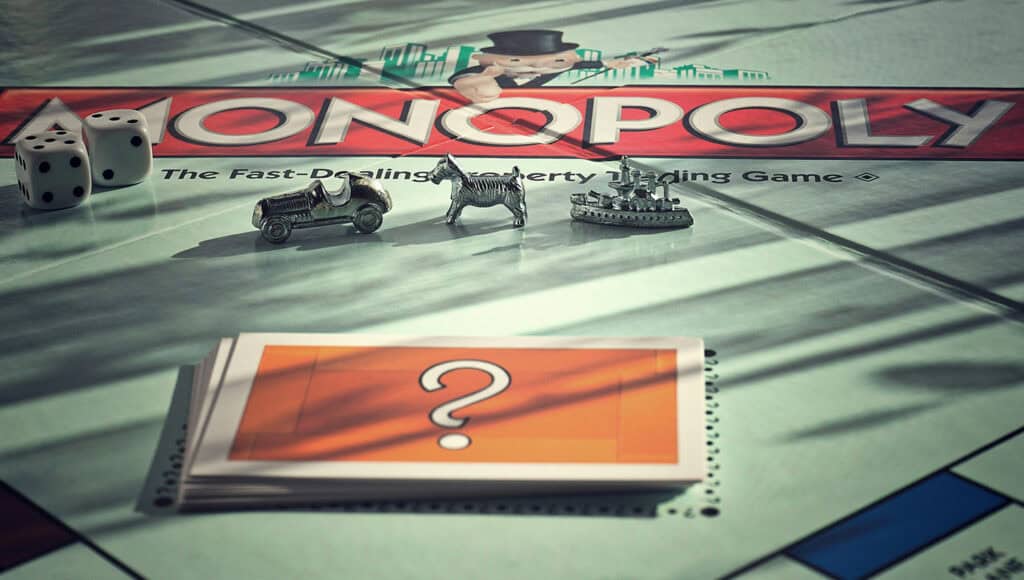
Games are a great learning tool. Choose board games or apps that teach money skills. Make your own games at home using flashcards or fake coins.
- Create cards with creative money gift ideas.
- Use duct tape mazes for game prizes.
- Include receiving cash as a reward system.
See also Daily Schedule for Toddlers
Fun Ways to Give Money to Kids: A Recap
Giving money to kids can be creative and fun. Skip the plain envelope and try something exciting! Hide money inside a toilet paper roll wrapped like candy, or create a money tree with rolled-up bills. These money activities for children make gift giving memorable.
You can fold bills into money origami or craft a money lei for birthdays. For younger ones, attach cash to a piggy bank as both a gift and a savings lesson. Fun activities for boys and girls might include a treasure hunt with hidden cash clues.
Folded bills tucked into festive gifts add surprise and joy. Whether it’s for birthday gifts or just for fun, these ideas make it more special when you give money to the kids you love.

